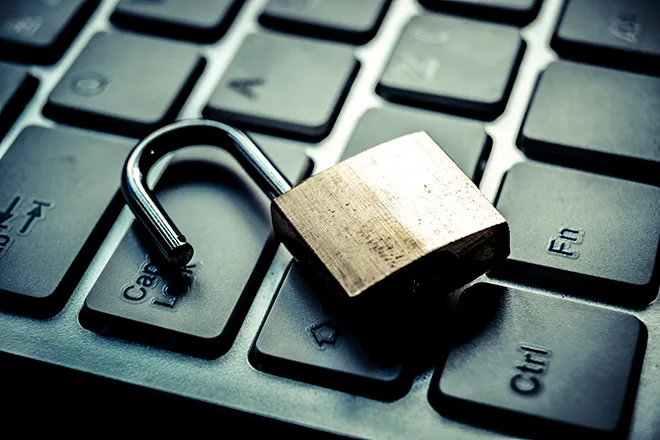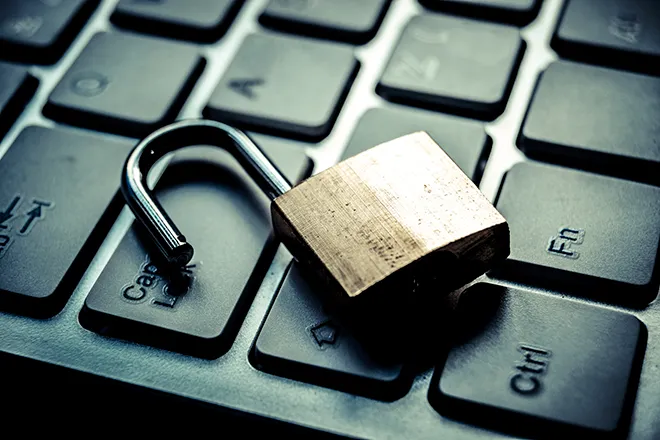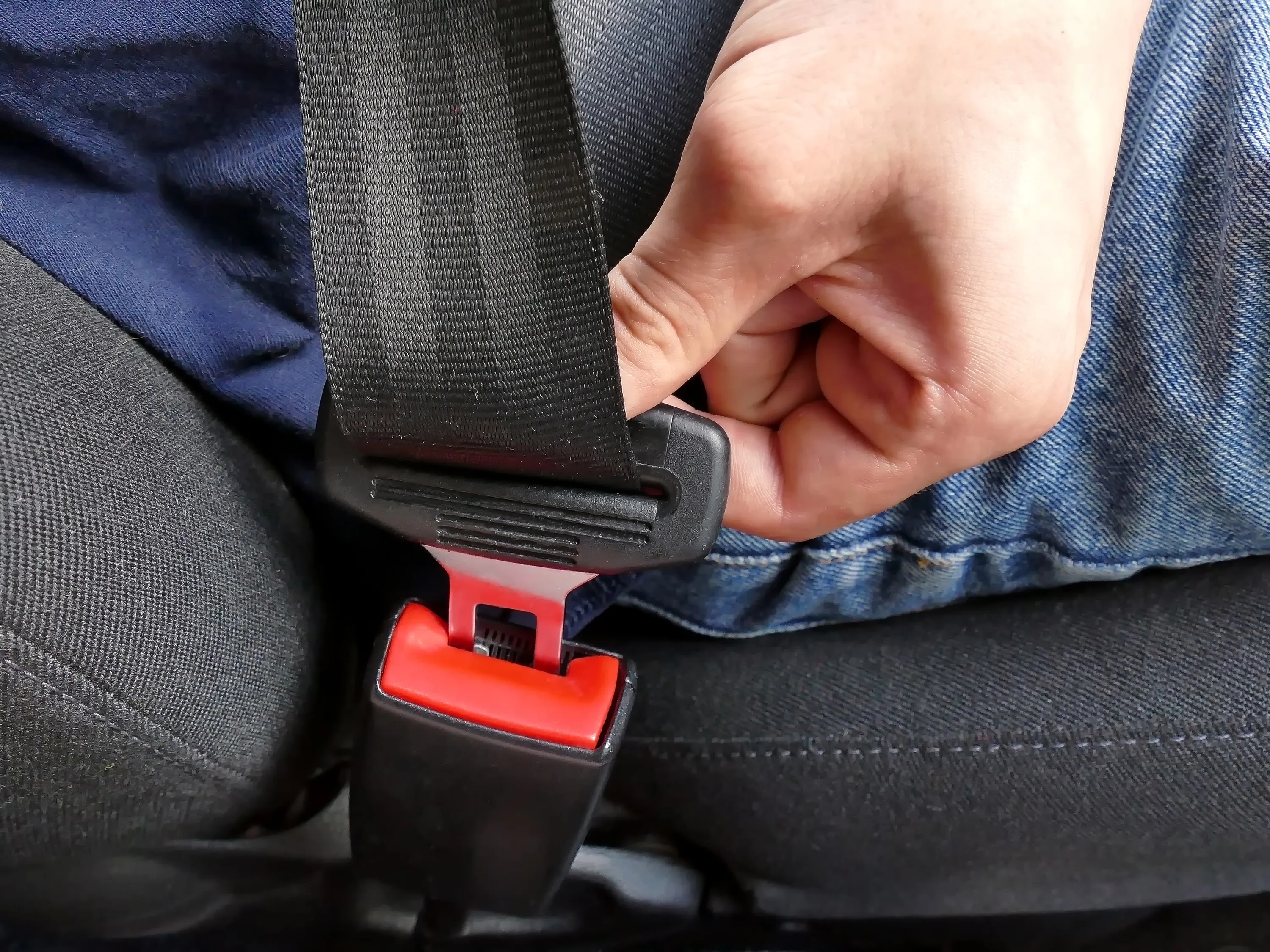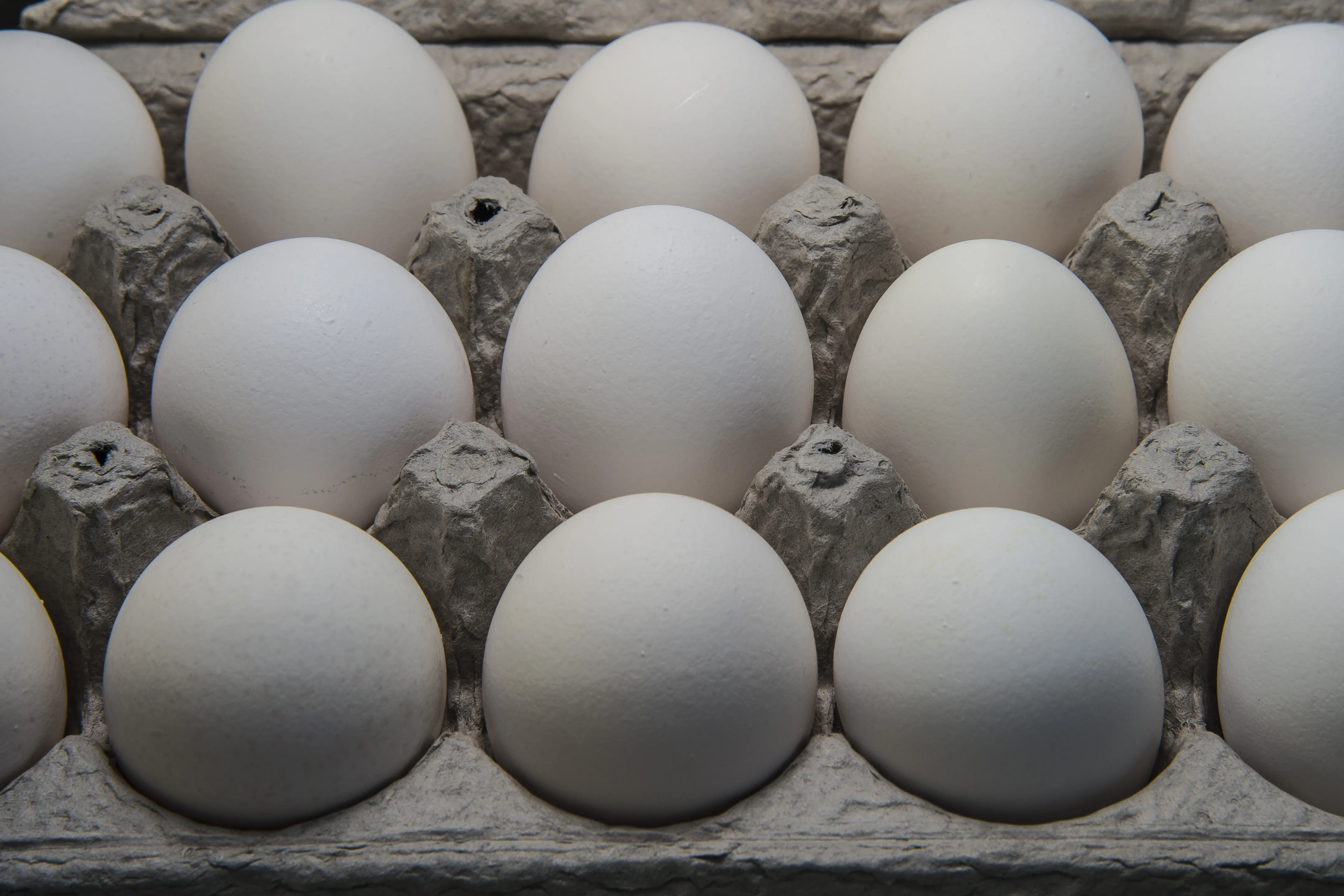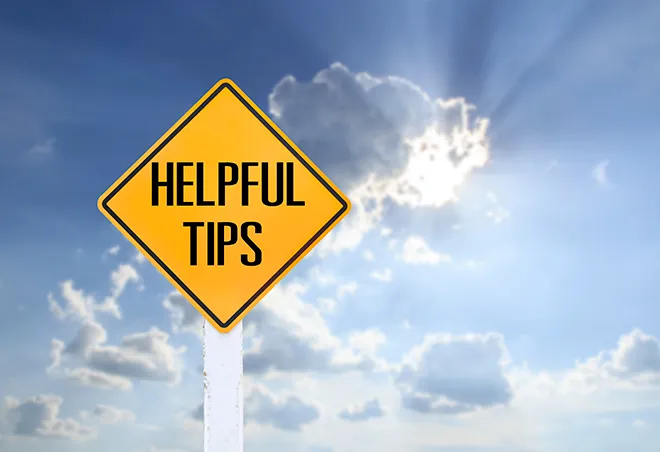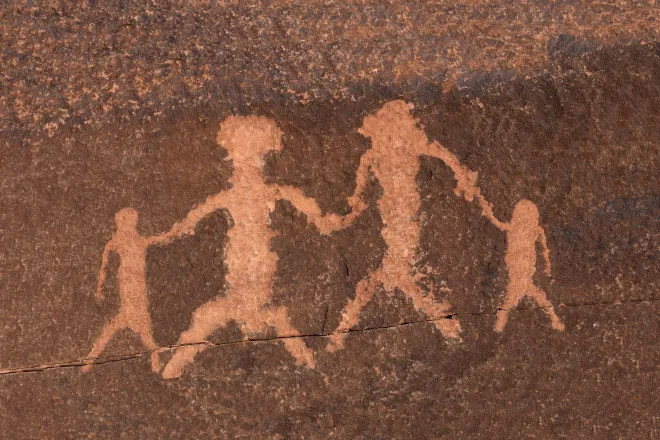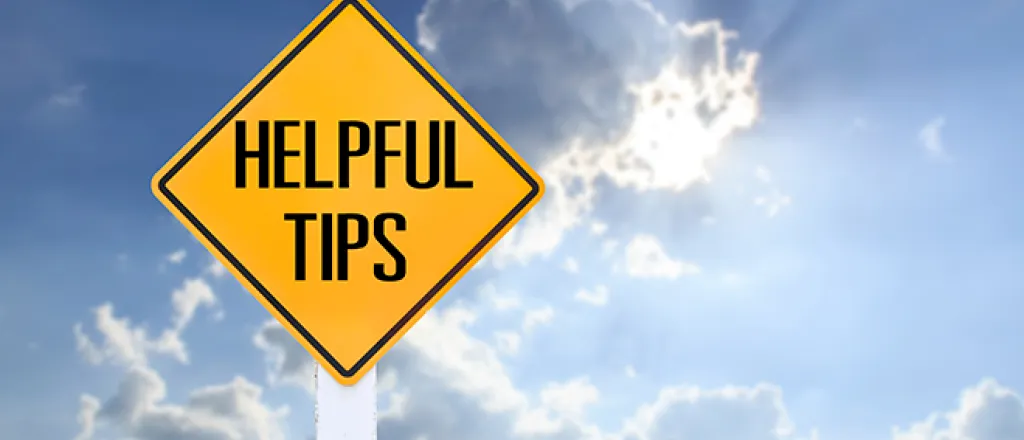
Burn Awareness Week - Tips for Your Safety
Burn Awareness Week, observed February 5-11, 2017, is designed to provide an opportunity for burn, fire and life safety educators to unite in sharing a common burn awareness and prevention message in our communities.
According to the American Burn Association approximately 4,000 deaths occur from fire and burn injuries and about 600,000 burn injuries are treated in hospital emergency departments. Close to half of all burn injuries treated in hospital emergency departments and one-third of admissions to burn centers are scald injuries. A scald injury occurs when hot liquid or steam damages one or more layers of skin. Sixty percent of all scald injuries are suffered by children aged 0-4 years. Young children are curious by nature and are often just trying to be helpful.
Prevent Tap Water-Related Scalds
- Set home water heater thermostats no higher than 120 degrees Fahrenheit. Use a cooking thermometer to test the temperature. Begin by letting the water run for a minute or two, to allow the hot water from the tank to reach the faucet.
- Install anti-scald devices. These heat-sensitive instruments stop or interrupt the flow of water when the temperature reaches a pre-determined level and prevent hot water that is too hot from coming out of the tap.
- Avoid flushing toilets, running water or using the dish or clothes washer while anyone is showering.
Prevent Cooking-Related Scalds
- Establish a three-foot “kid zone”. The kid zone should be outside of the traffic path between the stove and sink where children can safely play and still be supervised.
- Cook on back burners when young children are present. Keep all pot handles turned back, away from the stove edge. All appliance cords should also be coiled and away from the counter edge.
- During mealtime, place hot items in the center of the table, at least 10 inches from the table edge.
- Put away tablecloths while children are little. Use placemats with a non-slip surface instead.
- Never drink or carry hot liquids while carrying or holding a child. Quick motions may cause spilling of the liquid onto the child.
Source: American Burn Association
Information Sources:



